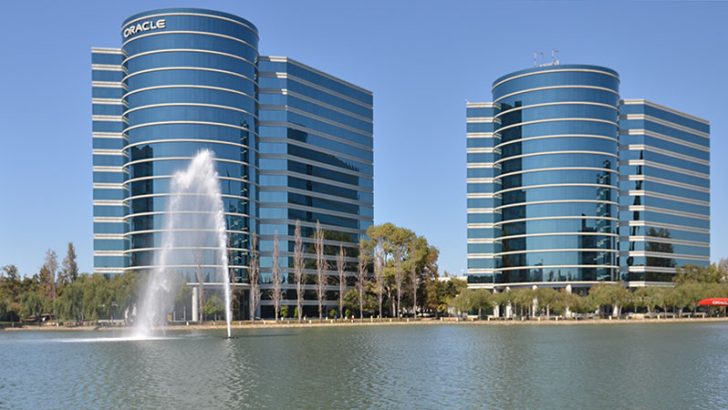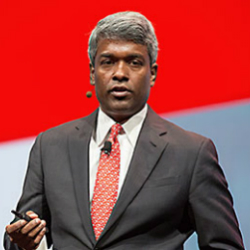

Oracle announced enhancements to the Oracle Cloud Platform this week at Oracle CloudWorld in New York. It strengthens two of the four foundations for the Oracle cloud strategy. Thomas Kurian, President, product development at Oracle explained: “The four platforms are: IaaS (Infrastructure as a Service), PaaS (Platform as a Service), SaaS (Software as a Service) and DaaD (Data as a Service).”
Oracle Database Cloud Service on bare metal.
The first announcement sees Oracle Database cloud now available on bare metal compute. Customers can deploy the Oracle Database Cloud Service on both virtual and high performance bare metal servers. The company is offering lower specification servers for companies using cloud for dev and test. These are cheaper than the high performance servers available for production systems.
An example of this is the Oracle Database Exadata Express Cloud Service. This is a fully managed solution aimed at developers, business analysts and mid-sized organisations. Oracle claims that the platform delivers a 50 times performance for Oracle customers running Oracle Database compared to any of the other leading cloud database providers. This claim is not validated by any third-party test results. Oracle’s competitors are likely to challenge it.
Kurian commented: “These latest investments in the Oracle Cloud Platform provide a clear path to develop, test, and scale applications – with the Oracle Database or third-party databases. We offer customers the most comprehensive approach to moving to the cloud and accelerating their business strategies. Oracle provides the broadest and strongest choice of relational database cloud services that are 100 percent compatible with applications deployed on-premises, making it easy for customers to seamlessly move enterprise workloads to the cloud.”
Oracle IaaS improves
Customers who want a software defined data centre (SDDC) should be using Oracle IaaS. Kurian said this this means a data centre is set up using either a graphical user interface or an API. Oracle delivers this with a full self-service suite allowing the user to define their network, compute and storage. Users with an account start by creating their own identity and gain the ability to create aspects of their data centre. This allows them to set up a local area network and then attach both compute and storage. If they create multiple LAN’s they can set up load balancing and high availability across the 26 different regions that Oracle now supports. They can additionally set up DNS and finally connect the instances with asynchronous messaging.
Oracle IaaS is now able to offer one, two and four core virtual machines. These connect to the virtual private network (VPN) that customers are able to create. There are three different load balancing options, 100Mbps, 400Mbps, and 8Gbps. It is surprising that 10GBps is not included in this. There is also a new block storage shape of 2TB available and encryption at rest is now available for object storage.
Mark Hurd has predicted the demise of corporate data centres. By making it easier to created their own SDDC it is likely that Oracle customers will welcome these announcement. Sam Mahalingam, Chief Technical Officer, Altair commented “The Oracle Cloud Platform provides superior performance in terms of price, predictability, and throughput, with a low cost pay-as-you-go cloud model. We are delighted to partner with Oracle to provide High Performance Computing (HPC) solutions with Altair’s PBS Works for the Oracle Cloud.”
Conclusion
Oracle claims its cloud platforms are winning customers. The ability to extend and scale a data centre using a cloud provider has never been better. Michael Ottoman, president and COO at mFrontiers commented “mFrontiers provides enterprise mobility management as a cloud service for enterprise customers. We find the Oracle Cloud Platform to be easy to use and truly elastic for provisioning and scaling out to additional customers. We’re especially impressed by the ability to scale Oracle Database performance up or down on Oracle IaaS, without interruption, a key requirement to maximize efficiency and availability.”
In Q2 2017 alone Oracle claims to have added 1000’s of customers to its cloud platform. Will the next results reflect this growth? It will be interesting to see whether Oracle has reached its tipping point for cloud. If so, how will this affect revenue growth?


























